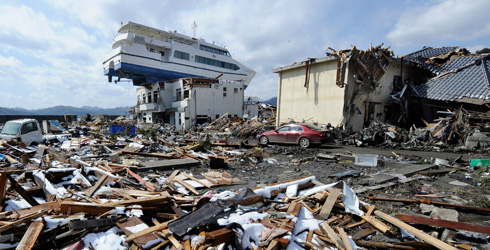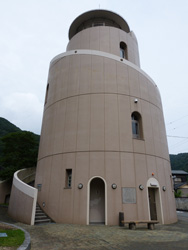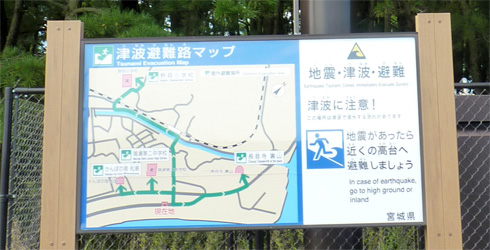- Home
- > Nature online
- > Earth
- > Natural disasters
- > Tsunamis
- > Case study: Japan earthquake and tsunami 2011
Primary navigation
Case study: Tōhuku tsunami, Japan 2011
Japan sits close to a destructive plate boundary, where the Pacific Plate is pushed under the Eurasian Plate. This means Japan is no stranger to earthquakes. But the magnitude 9.0 earthquake of 2011 was the largest in its history.
It struck 70 kilometres off the east coast and triggered a tsunami that caused widespread destruction and loss of life.
It’s estimated that 16,000 people died, most due to the tsunami. But many more were saved by the warning systems, evacuation routes and coastal defences that were in place.

Aftermath of the Tōhuku tsunami, Japan 2011.

Tsunami shelters
This tsunami evacuation tower in Japan acts as both a shelter during a tsunami and an educational facility, museum and community space.

Evacuation routes
Communities across Japan use clearly signposted evacuation routes and meeting points and practice drills to ensure everyone knows what to do and where to go when the warning sirens sound.

Automatic shut downs
Public transport systems such as the bullet train and power stations (including nuclear power stations) automatically shut down when the first seismic waves of an earthquake are detected.
Related information
Toolbox
- Contact and enquiries
- Accessibility
- Site map
- Website terms of use
- © The Trustees of the Natural History Museum, London
- Information about cookies
- Mobile